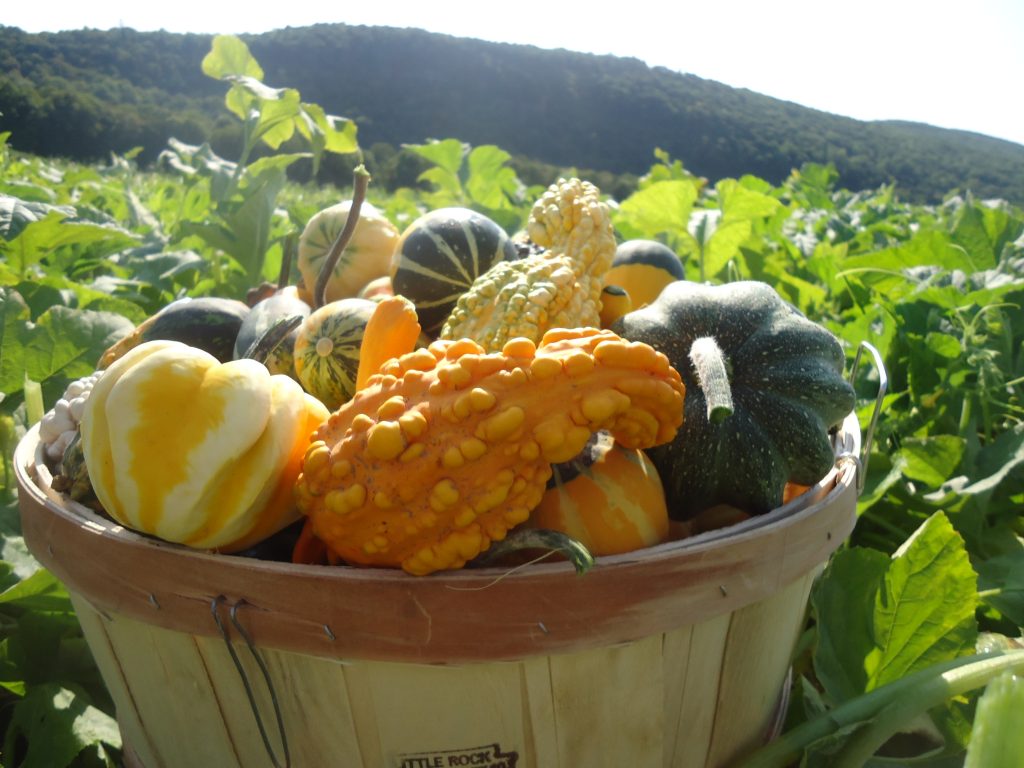
Happy National Pizza Month! The entire month of October, we celebrate one of the America’s favorite foods. But to us, pizza is a vague term. There are so many ways to do pizza outside of your traditional pie. On this National Pizza Day, lets look at some of our favorite pizza hacks.
Margherita Pizza Waffles: These Margherita Pizza Waffles are a twist on personal pizzas. Fun to make, even more fun to eat!
Pizza Dip: Looking for a fun dip for your next gathering? This is a must-have!
Watermelon Dessert Pizza: Ok, so this one’s not exactly a pizza. But if you’re in the mood for a new dessert this is our recommendation.
Grilled Tortilla Pizzas: In this recipe, tortillas are the perfect substitute for pizza dough. Featuring all of your favorite ingredients, with this recipe you’ll pizza like never before.
Grilled Garlicky Kale Portobello Pizzas: We love these Grilled Garlicky Kale Portobello Pizzas. Delicious portobellos topped with awesome ingredients, this one might become a new favorite.
Southwest Tortilla Pizzas: More tortillas! This time with a southwest-style flair.
Air Fryer Loaded Pizza Baked Potatoes: Break out the air fryer for this recipe. Baked potatoes loaded with pizza staples. Easy, creative, and very appetizing.
Check out this video recipe for Spaghetti Pizza Pie!
At Price Chopper & Market 32, we love pizza. The amount of creativity that can go into making your own is a ton of fun. With pizza, there are truly no rules. Check out these pizza hack recipes for yourself, or get creative with a recipe of your own. Either way, stop in to your local store or visit us online for all things pizza.
For more must-try pizza recipes, check out our website.
Happy National Pizza Day!

Haleigh Eustis
Intern, Digital Marketing
Good morning! There’s no better way to start the day than a strong cup of coffee. Though a cup of black coffee is always a reliable choice, there are so many variations of caffeine intake that differ from a regular cup of joe. The list of hot and cold beverages can seem extensive, and a bit overwhelming, but we are here to make that easier! Here is a breakdown of your favorite coffee beverages, and how to make them.
Drip Coffee: Drip coffee is your regular black coffee! It can also be referred to as “filter coffee” as the hot water passes through a coffee filter and brews with the coffee grounds. You can make drip coffee in a pot or Keurig, as it’s quick and can be altered to taste stronger or weaker based on flavor palette.
Cold Brew: Cold Brew is much like coffee, but has a stronger and smoother flavor that many people tend to prefer. To make cold brew is simple! Take coarse coffee grounds and put them in a mason bar. Pour cold water over your grounds (depending on your flavor palette, some people like a 3-1 ratio of water to grounds or a 4-1 ratio of water to grounds). Leave your cold brew in the fridge for 24 hours and strain your grounds once the flavor is to your liking.
Check out our Maple-Pumpkin Cold Brew!
Latte: If you’ve never made a latte, then it may seem a bit overwhelming, but don’t worry! Lattes are a simple coffee beverage that has two ingredients: espresso and milk. With the espresso at the bottom of your cup, froth your milk. A proper latte will have steamed milk and a light layer of foam on the top. Add a syrup of your liking to add a new depth of flavor.
Try making our White Chocolate Pumpkin Spice Latte!
Latte Macchiato: Much like a latte, a Latte Macchiato includes the two same ingredients: espresso and milk. Though the ingredients are the same, the process is slightly different. You will froth your milk and add it to your glass. Lastly, you will add your shot of espresso to the top and watch as the espresso slowly combines into the milk.
Cappuccino: If you ever order a cappuccino and are shocked that it’s so light in weight, don’t be alarmed! Unlike lattes which are milk heavy, cappuccinos are light in weight because the cup is primarily frothy milk. This beverage is filled with the airy foam that your milk frother will create, and generally it’s easier to extract the foam with a spoon.
Mocha: Much like a latte, a mocha is the same concept with the acceptation of added chocolate syrup. In your cup, add your hot espresso and your desired amount of mocha syrup. Combine the chocolate into the hot espresso by swirling them together then top off your drink with a layer of smooth foamy milk!
Check out our Mocha-Almond Meringue Cake!
Red Eye: Want an extra jolt of caffeine in the morning? Try a red eye! This drink is purely caffeine as it’s a layer of black coffee and a shot of espresso. The ratio of drip coffee to espresso is completely determined by what you prefer.
Americano: Lastly, the americano! This drink is simple as it requires two ingredients: espresso and water. You read it right! An americano is a simple beverage of an espresso shot topped with hot water. This beverage tends to replicate drip coffee and it’s a tame way of drinking your espresso if the flavor is too strong for you.
With this list in mind, elevate your morning coffee game and take on the day . . . caffeinated! Shop Price Chopper/Makret 32 for all of your coffee needs!

This week’s meal plan is sure to be a family favorite! We are cooking up three restaurant-style chicken dishes, including Chicken Caesar Salad, BBQ Chicken Mac & Cheese, and Chicken Parmesean. These comfort foods are simple, delicious, and require five ingredients or less.
Let’s get cookin’!
Chicken Caesar Salad
1 1lb. Market 32 “Free From” Chciken Breast Cutlets, Strips, or Thighs (Buy one get one FREE!)
2 Bags Dole Salad Blends
1 bottle Ken’s Caesar Dressing
1 bag PICS Croutons
Shop Chicken Caesar Salad here!
BBQ Chicken Mac & Cheese
1 1lb. Market 32 “Free From” Chciken Breast Cutlets, Strips, or Thighs (Buy one get one FREE!)
1 box PICS Elbow Macaroni
1 bag PICS Shredded Cheese (8oz)
1-2 bags Dole Salad Blends (as a side salad)
Shop BBQ Chicken Mac & Cheese here!
Chicken Parmesan
1 1lb. Market 32 “Free From” Chciken Breast Cutlets, Strips, or Thighs (Buy one get one FREE!)
1 box PICS Pasta
1 jar PICS Pasta Sauce
1 container PICS Breadcrumbs
1 bag PICS Shredded Cheese (8oz)
Green Giant Broccoli (as a side)
Shop Chicken Parmesean here!
A twist on traditional mac & cheese...

Mia Teal
Marketing Coordinator, Paid Media
It is officially fall, and there is a crisp chill in the air. It is time for Halloween movies, hot chocolate, and warm comfort meals. When we think of “comfort” foods, dishes like mac and cheese or chicken pot pie often come to mind. But today, we’re sharing a few fall comfort recipes that will leave you feeling full and satisfied—without the heaviness!
Soup
Beef Dishes
Turkey Dishes
Chicken Dishes
Fish Dishes
Pasta Dishes
Vegan Dishes
More Warm Recipes!

National Lobster Day
Celebrate National Lobster Day with us! From our variety of tasty, tender lobster meat options to our free steaming process, we’ll show you how we’re schooled in seafood.
Check out our recipes!
Classic Lobster Roll: The perfect sandwich for National Lobster Day! Our take on the Classic Lobster Roll featuring celery, red onion, mayo, fresh chives, and more.
Lobster Mac & Cheese Cups: Lobster Mac & Cheese is always delicious, make it at-home with this tasty take.
Grilled Lobster Tail Salad: Add lobster to your next salad! Our recipe adds grapefruit, avocado, and mango for refreshment in every bite.
Succulent Lobster Stew: Go big or go home! And this Succulent Lobster Stew certainly goes big. Give this one a try next time you’re looking for something new.
Grilled Citrus Lobster Tail with Arugula Salad & Fresh Strawberries: Elevate your lobster tail with citrusy bliss!
Bouillabaisse: Bouillabaisse is a traditional fish soup originating in Marseille, France. Our take includes lobster, cod or halibut fillets, clams, mussels, scallops, and/or shrimp.

The chill in the air is evident, so it’s time to break out the warm, hearty recipes. Now that school is back in session, we understand the importance of quick, easy, and cost-effective meals that the family will love.
This week, we’re featuring two familiar favories and a creative spin on the “loaded baked potato.”
Here’s what’s cookin’…
Traditional Lasagna
1 lb. Market 32 85% Lean Ground Beef
1 jar Francesco Rinaldi Sauce
1 box PICS Lasagna Noodles
1 bag (16oz) PICS Mozzarella Cheese
1 container PICS Ricotta
Broccoli Crowns (as a side)
Shop Lasagna here!
Sloppy Joe Sandwiches
1 lb. Market 32 85% Lean Ground Beef
1 jar Manwich Sloppy Joe Sauce
1 pack PICS Hamburger Buns
1 jar PICS Pickle Spears
1 bag PICS Chips (as a side)
Shop Sloppy Joe Sandwiches here!
Taco-Loaded Baked Sweet Potato
1 lb. Market 32 85% Lean Ground Beef
4 Sweet Potatoes
1 bag (16oz) PICS Shredded Cheddar Cheese
1 can PICS Diced Tomatoes
1 can PICS Black Beans
1 packet PICS Taco Seasoning
Shop Taco-Loaded BAked Sweet Potato here!
Check out this Loaded Sweet Potato Recipe!

Ultimate Guide to Tailgating
Fall has begun and football season is underway. That means the return of one of our favorite pastimes, tailgating! There’s nothing like getting together with your friends, enjoying good food and cold brews, and getting amped for the big game. It’s a tradition that will never get old! Here’s our guide to the ultimate tailgate.
When it comes to tailgating, there are plenty of great options. The first is a sub & sandwich platter. If you’re tailgating with a decent-sized group, sandwich platters are easy. They can feed the group, and they are good for bringing on the go and eating outdoors. They are fantastic for making sure everyone gets a good amount of eats. Plus, the PICS potato chips you brought to snack on are a great compliment!
The next option, grilling. If you have a dedicated griller in the group bringing your setup to the tailgate is a fun idea. Burgers, hot dogs, steak, sausage linksand more are all great options for gameday. Don’t forget the burger buns and hot dog rolls!
Now, let’s talk snacks and sides. We mentioned PICS potato chips. How about tortilla chips to dip into salsa or guac? Convenient and easy for travel. Potato salad, macaroni salad, and pasta salad containers are also nice options. They go great with grilled meats or sandwiches, and the small containers are very portable.
Can’t forget some cold beer to wash down the delicious food. For tailgating, a nice light beer such as Bud Light is a strong choice. You’ll be able to enjoy some cold ones, while keeping your head in the game. Rather than being filled up on heavier beverages. As always, make sure to drink responsibly!
Don’t forget to tap into our Simple Done line of products for the paper plates, utensils, napkins, and cups you need for tailgating!
We’re excited to have football back to get back to tailgating. Don’t forget to stop by your local Price Chopper and Market 32 all season long for all of your essentials. Here’s to a fun, successful season of celebrating !
Shop Tailgating Favorites
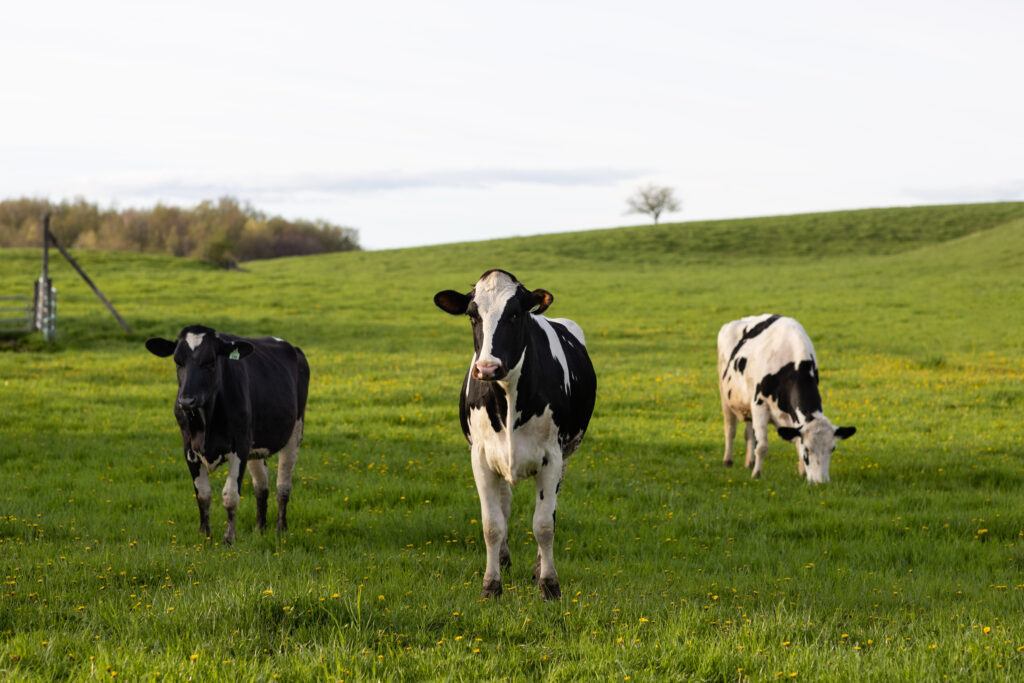
Written by our friends at the American Dairy Association
Milk goes from farm to grocery store in about 48 hours 365 days a year. Have you ever wondered how it is possible for this process to happen so quickly? Let’s talk about milk’s journey from cow to cup.
On the Farm
Dairy farmers like Kings Brother Dairy make sure milk is safe and nutritious every day and that process starts at the farm.
In the Barn
Cows need to be cared for to stay content and healthy – and produce great milk. Dairy farmers work 365 days a year making sure cows are comfortable, with the right food, water, bedding and veterinary care. Whether a farm is big or small, the cows and land are well cared for.
Transportation
Tanker trucks pick milk up at the dairy farm – for some farms, this is multiple times each day. The milk is tested for safety and quality on the farm and again at the dairy processing plant to ensure every tanker truck of milk is safe and pure.
Milk Processing
Garelick is the processor that Price Chopper uses to provide strict quality controls at every step of processing to ensure freshness, purity and great taste. Human hands never touch the milk and strict temperature rules must be followed.
Once at the processing plant, milk is pasteurized, homogenized, and bottled or turned into cheese, yogurt or another delicious dairy product.
At Price Chopper and Market 32, we strive to keep milk fresh, cold and well stocked so you can bring it home to your family.
Whether you choose skim, whole milk or lactose-free milk, your milk comes from a good place, and you can feel good about the 13 essential nutrients it provides – as well as the care the farmer puts into the cows and planet.

Mia Teal
Marketing Coordinator, Paid Media
We’re proud to partner with a variety of local honey farms and apiaries in our region, like Ole McDonald’s Honey Farm in Fonda NY, Kutik’s Honey Farm in Norwich, NY, The Beekeeper’s Daughter in Plains, PA and more. When it’s made or grown here, we get it here!
Ole McDonald’s Honey Farm: Fonda, NY
The Ole McDonald family is passionate and energetic. This family farm offers a wide variety of 100% natural products including lip balm, soap, candles, lotion, and of course, honey! Additionally, they offer bee removal from cars and buildings.
We are proud to partner with Ole McDonald’s Honey Farm!
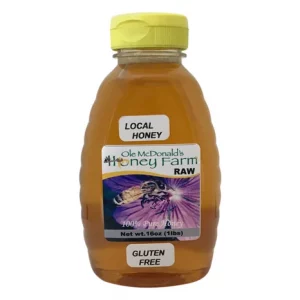
Kutik’s Honey Farm: Norwich, NY
When Chuck Kutik received two bee hives as a Christmas present, his love and fascination for bees took off. The family business has been up and running since 1978, and extraction and bottling of honey began in 1979. In 2001, Kutik began pollination services for cantaloupes, watermelons, cucumbers and squash in South Carolina where he lived. Their mission is to honor the honey bee and everything they have to offer!
We are proud to partner with Kutik’s Honey Farm!
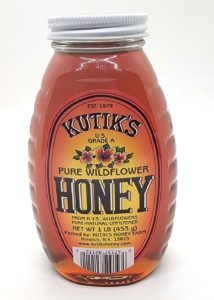
The Beekeeper’s Daughter: Plains, PA
William Perry Sr. started the family honey business in 1950. However, what started as a small family business developed into something much, much bigger.
Hannah, founder of The Beekeeper’s Daughter, began her business in 2010 when she noticed there was a high demand for local honey. Hannah started bottling honey to local farmers, but The Beekeeper’s Daughter eventually took off. Today, she sells honey throughout the United States and online.
We are proud to partner with The Beekeeper’s Daughter!
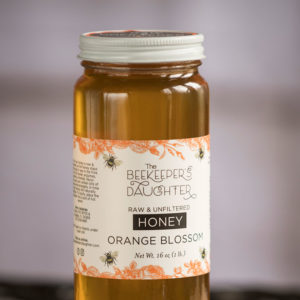
Fun Honey Facts!
- Honey can be traced back to 8,000 years ago in Ancient Stone Age paintings.
- Not all honey looks the same. The color of honey varies from all shades of yellow and amber.
- The flavor of honey is determined by the plant in which the nectar is extracted.
- The average American consumes one pound of honey per year, or 1 ⅓ cups.
- Honeycombs are commonly sold as a delicacy.
Whether you enjoy honey in tea, drizzled on your oatmeal, or baked in recipes, the sweetness of honey can be used for almost any meal. Check out some delicious recipes below!
Three Seed Honey Bars: These bars are the perfect on-the-go snack! With the kids back in school, they will love these Three Seed Honey Bars at lunchtime.
Smoked Baby Back Ribs with Honey-Orange BBQ Glaze: These ribs are not only delicious, but they are easy to make and only require six ingredients! Check it out!
Crispy Honey Nut Baked Salmon with Almond-Fennel Salad: Take your salmon dinner to the next level with this recipe!
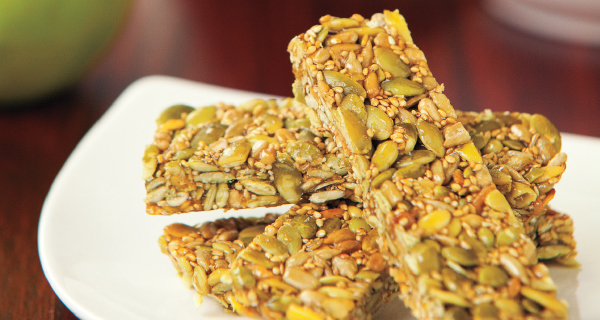
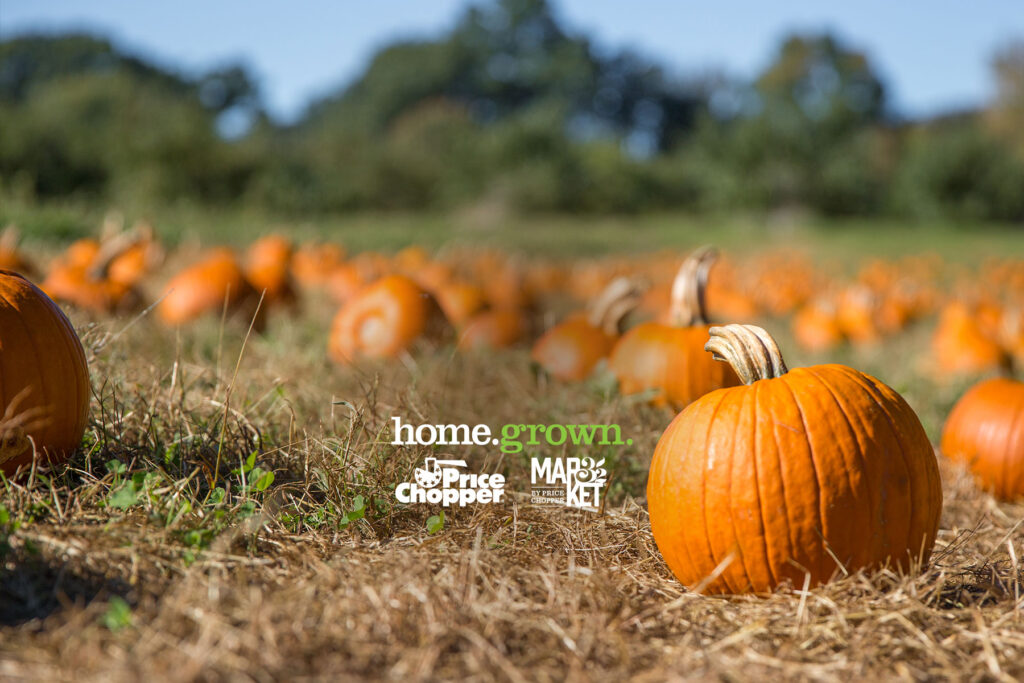
home.grown. Outdoor Decorating!
There are many perks to fall in the Northeast. Great food, fun activities, Halloween, and especially: outdoor decorating! We love seeing our communities go all out in seasonal spirit, jazzing up their homes with all of the fall essentials. We have everything you need to outshine your neighbors, thanks to our awesome group of Northeast farmers. Turn your home into an autumn masterpiece with home.grown. plants and ornamentals from Price Chopper & Market 32!
If you’re preparing for fall, pumpkins are a must. We source our mini pumpkins, pie pumpkins and carving pumpkins from the same Northeast farmers that provide us with summer crops like tomatoes and peppers. The same goes for our corn stalks! Many of the decorative corn stalks we have bunched and ready for placing on your front porch are the same stalks that produced the sweet corn you enjoyed this summer.
Gourds are another fall decorating staple that are grown by our local farmers. Did you know that gourds are a member of the squash family? Nowadays they serve as decoration only, but back in ancient times they were consumed as a food item!
Flowers aren’t just a spring and summer thing: Our stores offer a variety of mums that are ideal for fall decorating. Our mums are grown in the Northeast, just like our pumpkins and gourds!
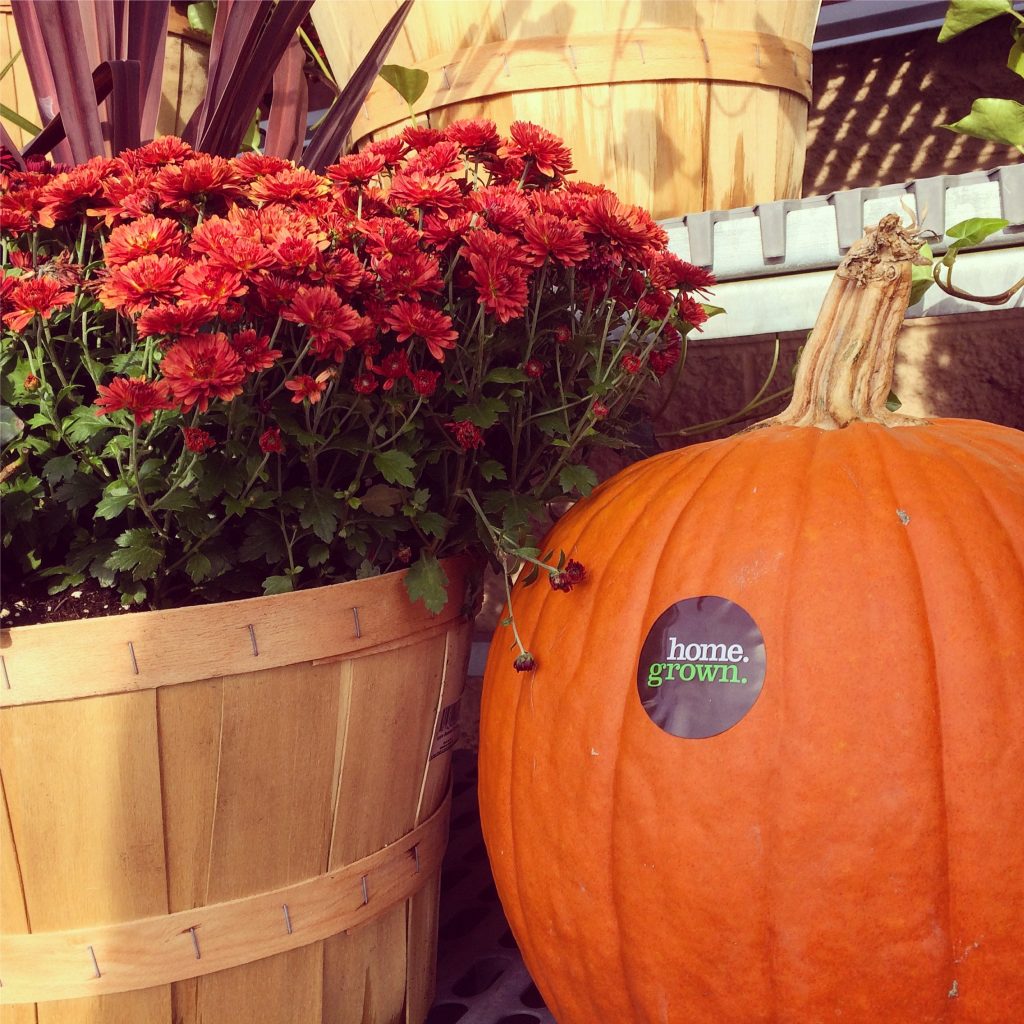
Decorating is one of the best things about fall. Pumpkins, corn stalks, gourds, Indian corn and mums are all staples of the season, and we’re proud to source them from our neighbors here in the Northeast. Thanks to the hard work of growers like Reeves Farms in Baldwinsville, NY, Plainville Farm in Hadley, MA and many other Northeast farms, we’re able to provide high-quality local products throughout the changing seasons.
From pumpkins to peanut butter, when it’s made or grown here, we get it here. Don’t miss out on the fun this season: Head over to your local store and start decorating!
